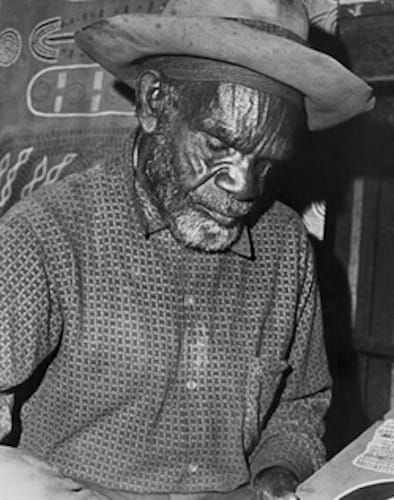Shorty Lungkata Tjungurrayi
Shorty Lungkata Tjungurrayi joined the Western desert movement in 1972. He was not one of the founding members but the bold visual simplicity of his artistic compositions conveyed an elemental power that rapidly made him an important member.
Shorty Lungkata Tjungurrayi greatest works were created when the market demand for Western Desert art was very limited. Lungkata’s significance as an artist should not be underestimated by the relative scarcity of his work.
Many of his early works are intense small and painted on board. They contain ritual and secret imagery meant only for the eyes of initiated men.
The aim of this article is to assist readers in identifying if their Aboriginal painting is by Shorty Lungkata Tjungurrayi. It compares examples of his work. It also gives some background to the life of this fascinating artist.
If you have a Shorty Lungkata Tjungurrayi Aboriginal painting to sell please contact me. If you want to know what your Shorty Lungkada Tjungurrayi painting is worth please feel free to send me a Jpeg. I would love to see it.
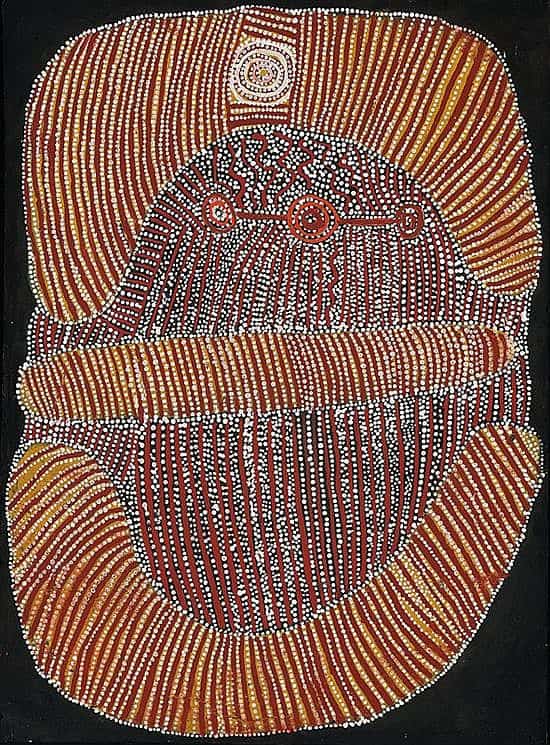
Early life
Shorty Lungkata Tjungurrayi was born around 1920 at Walukuritji, deep in the heart of Pintupi country. For the first three decades of his life, he lived as his ancestors had done for generations — as a nomadic hunter-gatherer, intimately connected to the land, its rhythms, and its sacred stories. By the time he moved to Haasts Bluff in his thirties, he was already a fully initiated man, a respected ngangkari (traditional healer), and a powerful tribal leader among the Pintupi.
Renowned for his skill as a hunter and his prowess as a dancer, Lungkata was also a deeply spiritual figure, carrying the ancient knowledge of his people. As a leader of the Tjungurrayi skin group, he held a position of cultural authority, helping to maintain and transmit law, custom, and ceremony. His dance performances, especially those that evoked the warrior spirit, were unforgettable — energetic, precise, and charged with meaning.
Lungkata’s interaction with the outside world remained limited for much of his early life. One of his rare early experiences with white people came when he guided a group of documentary filmmakers through his homelands. He spoke little English and relied on a translator, but his presence alone — grounded and assured — communicated a great deal. He shared his country with them not as a subject, but as its rightful custodian.
In 1960, he crossed the MacDonnell Ranges to settle at Papunya, a government-created community where people from different language groups — often with long-standing rivalries — were placed together. For the Pintupi, who were among the last groups to be displaced from the desert, the move to Papunya came with marginalization and tension. Yet in the face of these challenges, Lungkata emerged as a powerful advocate for his people.
He did not shy away from asserting Pintupi identity and sovereignty. On more than one occasion, he would step forward in public gatherings, launching into a fierce dance with spears in hand, proclaiming the rights and dignity of his people in the old way — through movement, song, and presence. It was a declaration not just of protest, but of cultural endurance.
Shorty Lungkata Tjungurrayi was an outstanding warrior-dancer, a healer, a leader, and a man of deep cultural authority. His legacy, like the desert from which he came, is vast, enduring, and filled with stories that continue to shape the identity of his people.
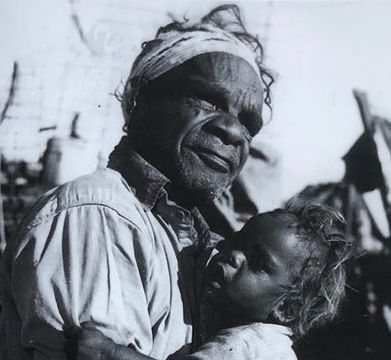
Early Painting
In 1971 Geoff Bardon became a local school teacher at Papunya primary. He tried to encourage local children to paint in their own traditional style. When he learned only older men could paint these stories he started a men’s painting group.
Lungkarda didn’t begin to paint until the beginning of 1972. The painting group had already been active but he was welcomed into the group due to his senior status. He was welcomed by his Pintupi clansmen Charlie Tawara Uta Uta and Yala Yala.
The Pintupi men painted under a bough shelter behind the camp. They painted using traditional sacred images while chanting the song cycles that told the stories.
His early paintings are simply structured but concentrated and intense. He did not rush sections like some artists but poured his soul into every part of his art. These early pieces by Shorty are in my opinion some of Aboriginal Australia’s most captivating and finest works.
The bold visual simplicity of his artistic compositions conveys an elemental power. He became one of a select group with Tim Leura, Yala Yala Kaapa and Billy Stockman who were granted a government allowance that enabled them to paint full time.
Geoff Bardon recalls Shorty Lungkada worked ‘impervious to disturbance’, and with seriousness intention, animating each dot.
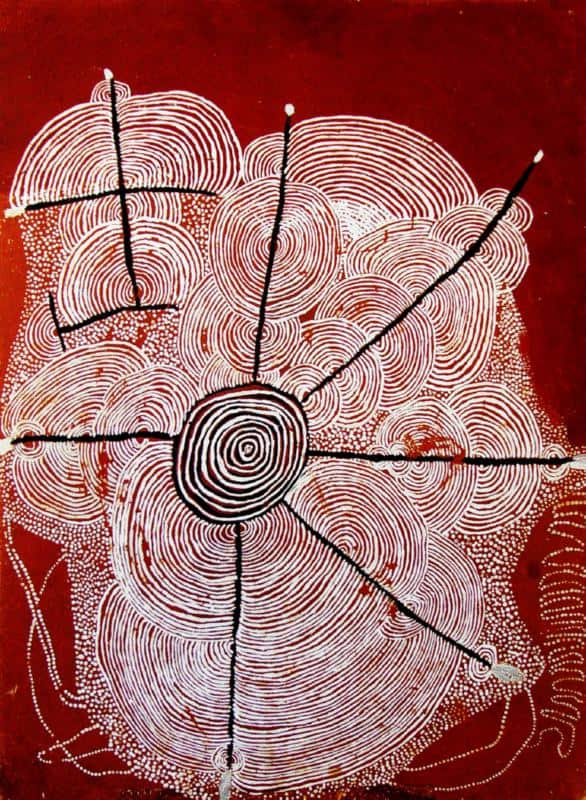
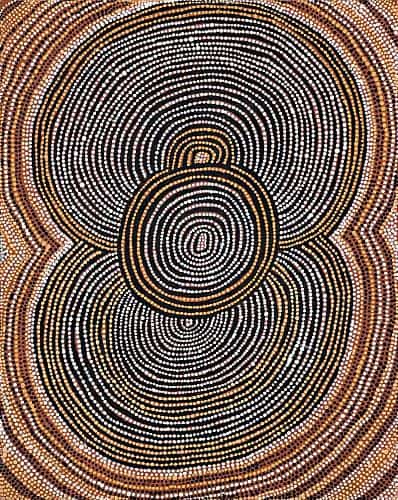
Middle Period
By the mid-1970’s Shorty Lungkada was living in outstations west of Papunya. His art became increasingly elaborate. His paintings often featured multiple sets of looping crescents building from a steady center. In some instances, he employed subtle modulations of tone and color to support the pulsing rhythm of a work. He often overlapped concentric circles and made them appear to collide or lay on top of each other. During this phase, he was the only Papunya Tula artist to begin his roundels with ovals rather than circles, giving his painting an attenuated, slightly convex feel. Most of these middle phase paintings relate directly to the Tingari Cycle and his ceremonial knowledge and tribal seniority played an instrumental role in consolidating the ‘classic’ Pintupi style. Tingari is the most important teaching myth, used to initiate the younger generations by revealing their social identity and spiritual inheritance.Late Period
By the end of the decade, he was creating monumental, authoritative works that were comprehensive representations of the several Tjukurrpa that cross his traditional country.
In the early 1980’s Lungkata moved from Papunya to help and set up the outstations of Kintore and then Kiwirrkura. He was an assertive leader in the ‘outstation movement’.
In his later years Lynda Syddick Napaltjarri his adoptive daughter helped him paint collaborative works. She later went on to be a painter in her own right
Shorty Lungkata Tjungurrayi can also be spelled Shorty Lungkata Djungarai or Shorty Lungkata Jungurrayi
His tribal name Lungkata also has various spellings including Lungkarta Tjungurrayi, Lungkarda Tjungurrayi or Lungkada Tjungurrayi.
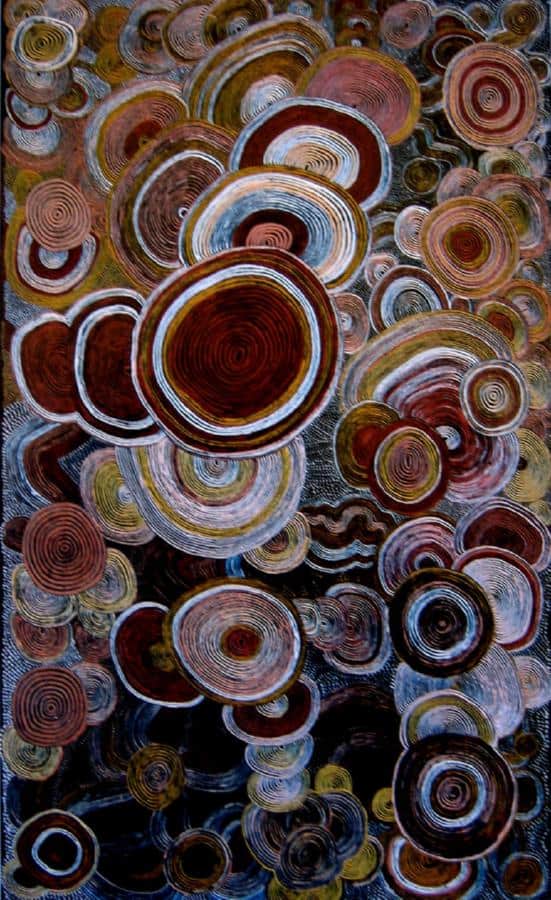
Shorty Lungkata Tjungurrayi References
Papunya Tula art of the Western Desert
Shorty Lunkata Tjungurrayi artwork Meanings
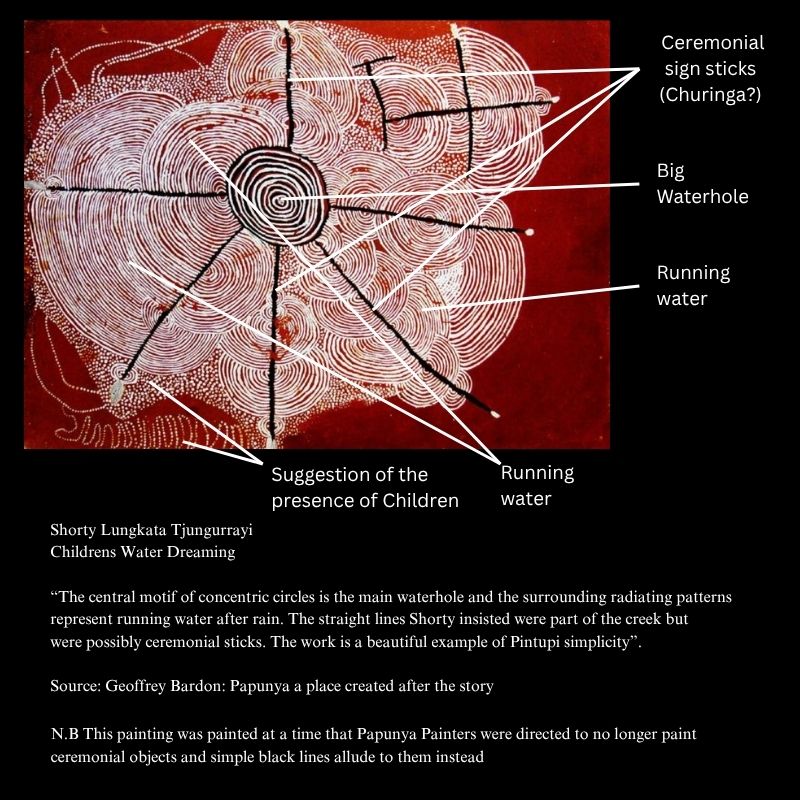
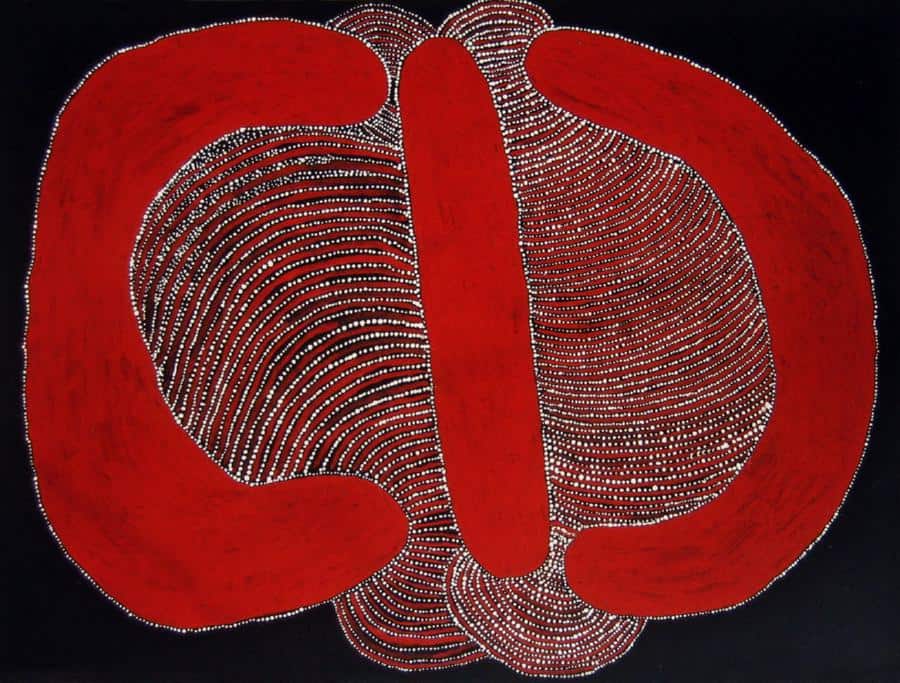
Two women dreaming
“Women’s dreaming, 1972, is a magnificent example of his earliest work. It is spare and powerful, but with subtle details such as the interlocking of the dotted white lines that ensure the eye cannot rest completely on the imposing red ochre ‘U’ shapes representing the two women…
Despite its pared back simplicity, this work resonates with the power of song – it is a moment of ephemeral ceremony enduring miraculously on hardboard”. John Kean
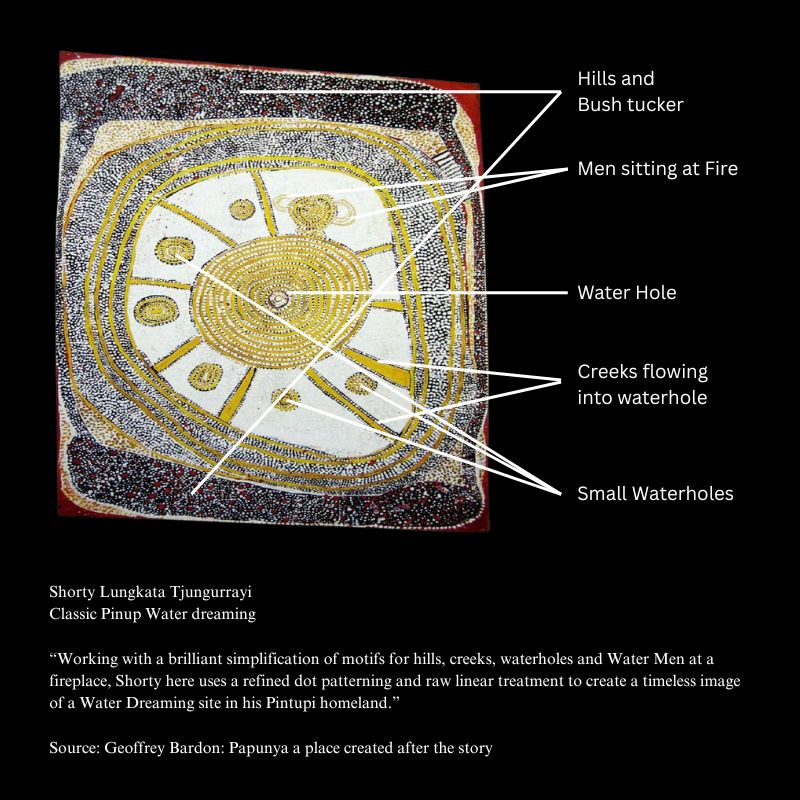
Sandhill Dreaming
Paintings such as this relate to the Tingari ancestors. The Tingari endowed the peoples of the western deserts of Australia with law and culture. Their teachings are of an esoteric nature and continue to inform young initiates in ceremonies to this day.
The supernatural powers of the Tingari are alluded to in paintings such as Sandhill Dreaming. This picture depicts a sand hill in plan view. It is a visual synecdoche for the endless expanses of sand dunes across the Gibson Desert. The sides of the sandhill is scarred by wind to form a ridge that runs vertically down the composition. The power of the work, however, lies in its evocation of a landscape that hums with the presence of ancestral forces. The artwork has a rhythm created by the alternating lines of dots and white arcs that create a visually pulsating surface.
Shorty Lungkata hailed from the Gibson Desert which covers an area larger than England. It is one of the most remote regions in Australia. Lungkata translated the sacred designs found in the ceremonial realm, painted onto people’s bodies or drawn in the sand.
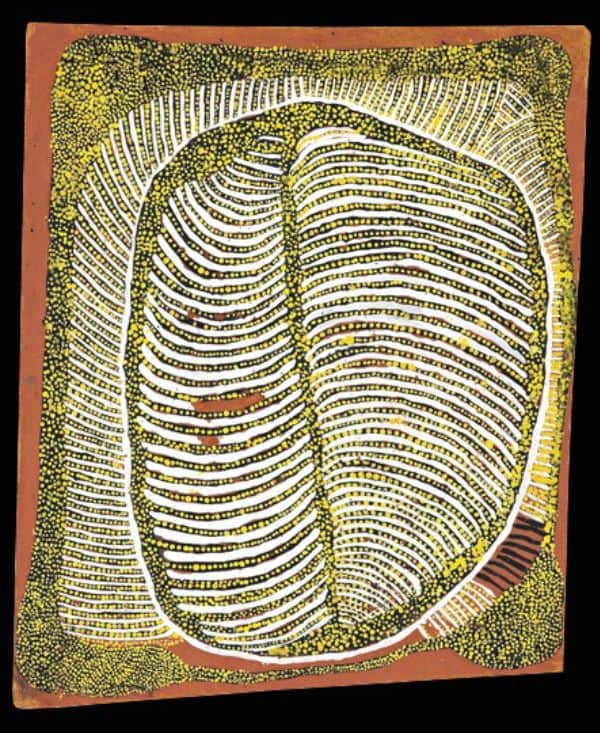
Sandhill dreaming painted 1972 with synthetic Polymer paint on composition board 40 X 33 cm
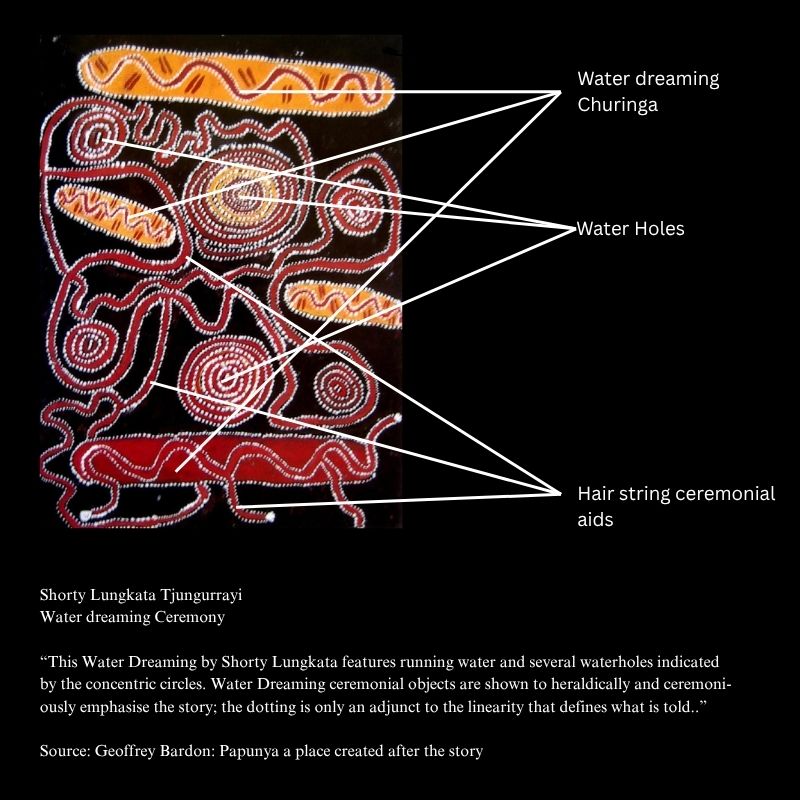
All images in this article are for educational purposes only.
This site may contain copyrighted material the use of which was not specified by the copyright owner.

